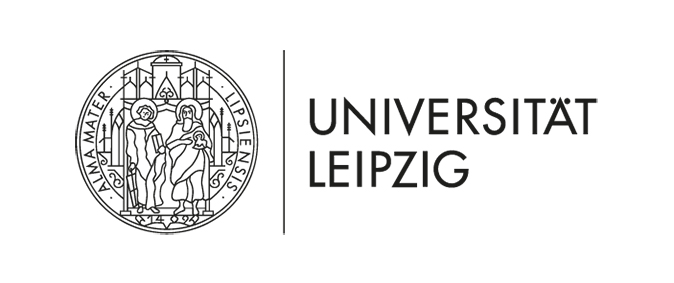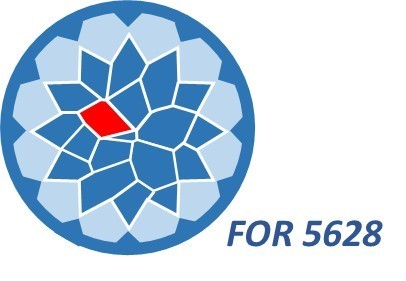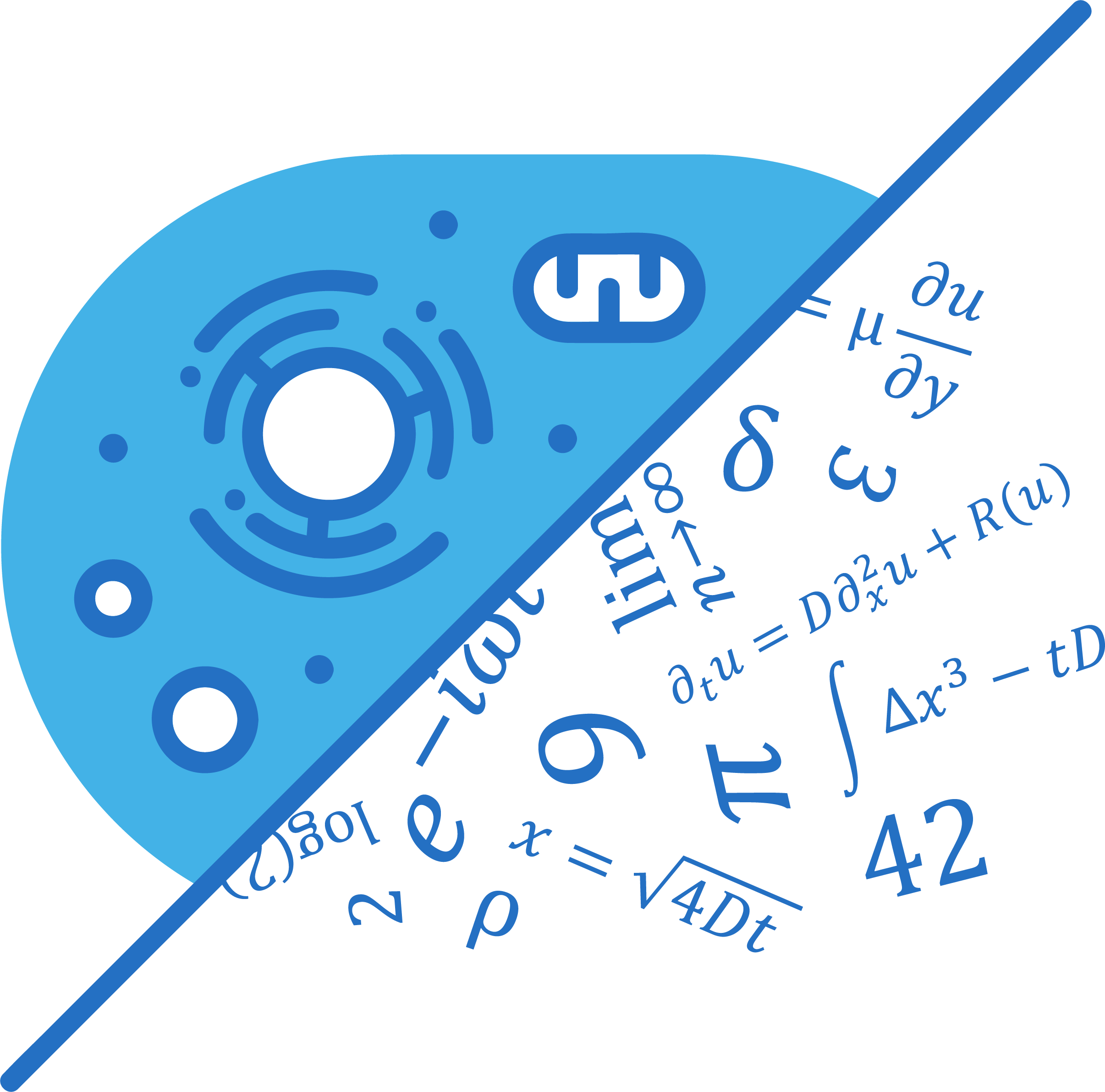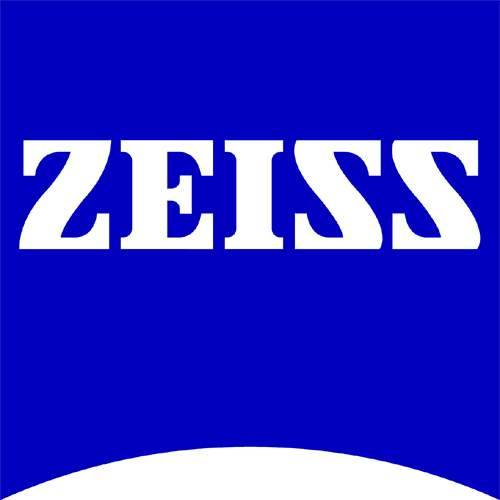|
15th Annual Symposium Physics of Cancer Leipzig, Germany Sept. 30 - Oct. 2, 2024 |
PoC - Physics of Cancer - Annual Symposium | ||||||||||||||||||||||||||||||||||||||||||||||||||||||||||||||||||||||||||||||||||||||||||||||||||||||||||||||||||
|
|
Contributed Talk
Assessing the in vivo biophysical properties of tumor and tumor niche using diffusion MRI and MR elastography in an orthotopic HCC mouse model
Contact: | Website
Background: Liver cancer, specifically hepatocellular carcinoma (HCC), ranks as the sixth most common malignancy worldwide and the third highest in cancer-related mortality [1,2]. The investigation of HCC requires analyzing the interactions between the tumor and its host liver. High-resolution multifrequency MR elastography (Tomoelastography) provides quantitative in vivo biomechanical properties which are sensitive to structural and functional changes during tumor progression. [3-5]. While MRE has been applied extensively for the investigations of HCC [6-9], only a few studies have taken the host liver into account by investigating hepatic biomechanical changes during cancer progression [10]. In this study, a syngeneic orthotopic HCC mouse model [11] was used to longitudinally study the changes in the biomechanical properties and apparent diffusion coefficient (ADC) measuring water diffusivity in the tumor and the host liver.
Methods: Twenty-six adult female BALB/c mice were implanted with mouse hepatocellular carcinoma (HCC) cells (BNL1MEA.7R.1/TIB-75) [11,12] in the liver. MRI scans at 3T clinical MRI scanner (Magnetom Lumina, Siemens, Germany) were performed one week before implantation (baseline), followed by subsequent scans at two-, four-, five-, and six-weeks post-implantation (PI). Twenty-one axial T2-weighted images with a resolution of 0.25 x 0.25 x 1.2 mm³ (TR = 2500 ms, TE = 77 ms) were acquired. Multifrequency MRE was performed using a single-shot spin-echo echo-planar sequence with eight wave dynamics. Twenty-one axial 1.2-mm-thick slices with a resolution of 1.0 x 1.0 mm were acquired. For MRE, mechanical vibrations at frequencies of 300, 400, and 500 Hz were generated using a custom-built piezoelectric actuator. Eleven axial DWI slices (resolution: 0.8 x 0.8 x 2.0 mm³) were acquired using four b-values (0/50/400/800 s/mm²). MRE data were processed using wave-number based inversion algorithm (k-MDEV) (3) which provided maps of shear wave speed (SWS) and penetration rate (PR), as proxies for stiffness and inverse viscosity, respectively. Maps of apparent diffusion coefficient (ADC) was derived from DWI. Regions of interest (ROIs) were manually delineated using ITK-SNAP [13]. Histopathology was conducted for both liver and tumor tissues. Hematoxylin and Eosin, Pentachrome (Doello and Movat) [14], and Alcian blue stainings were performed. Immunofluorescence was also conducted or metalloproteinases 2 and 9 (MMP-2 and MMP-9), as well as Ki67 and CD-31. Results: At 5/6w, tumors were clearly visible in all mice. Over the course of tumor progression, a significant decrease in liver SWS was observed (baseline: 2.7±0.1 m/s; 2w: 2.6±0.1 m/s; 4w: 2.5±0.1 m/s; 5/6w: 2.4±0.1 m/s, p<0.0001). In addition, a significant increase in PR was observed (baseline: 1.4±0.2 m/s; 2w: 1.4±0.2 m/s; 4w: 1.6±0.2 m/s; 5/6w: 1.7±0.2 m/s, p<0.0001). ADC decreased during HCC progression (baseline: 1617±215 µm²/s; 2w: 1508±176 µm²/s; 4w: 1503±267 µm²/s; 5/6w: 1283±329 µm²/s, p<0.001). Intriguingly, post hoc multiple comparisons demonstrated that prior to the tumor becoming visible in T2w images at 5/6w, as compared to the baseline, the SWS of the host liver exhibited a notable decline from 2w onwards (p<0.05), while liver PR demonstrated a marked increase at 4w (p<0.05) Compared to the host liver at 5/6w, all tumors appeared stiffer (SWS_tumor: 2.8±0.2 m/s vs. SWS_liver: 2.4±0.1 m/s, p<0.) and less viscous (PR tumor: 2.0±0.4 m/s vs. PR liver: 1.7±0.2 m/s, p<0.0001) with restricted water diffusivity (ADC_tumor: 1072±306 µm²/s vs. ADC_liver: 1283±326 µm²/s, p<0.0001). The biophysical properties of the tumor-adjacent liver (TAL), defined as the liver within 1 mm of the tumor boundary, were also analyzed. Compared to the whole liver, TAL was stiffer (SWS_TAL: 2.5±0.3 m/s vs. SWS liver: 2.4±0.1 m/s, p<0.05) and less viscous (PR_TAL: 2.0±0.4 m/s vs. PR_liver: 1.7±0.2 m/s, p<0.001) with an lower ADC (ADC surrounding: 1177±306 µm²/s vs. ADC liver: 1283±326 µm²/s, p<0.001). When compared to tumor, TAL was softer (SWS_TAL: 2.5±0.3 m/s vs. SWS__tumor: 2.8±0.2 m/s, p<0.0001) with an increased ADC (ADC_TAL: 1177±3243 µm²/s vs. ADC_Tumor: 1072±307 µm²/s, p<0.01). Histologic analysis revealed global accumulation of polysaccharides, the presence of mostly MMP-9 and also MMP-2 throughout the liver tumor niche, and increased cell density in the tumor. Areas of necrosis and angiogenesis could be seen. Discussion: This study represents a pioneering investigation into the biophysical properties of HCC and its liver environment, as well as their interactions during cancer progression in vivo in an orthotopic mouse model. Histological evidence indicates that liver softening is associated with matrix metalloproteinases activity initiated by the developing tumor at the early stages of its growth, even prior to the macroscopic manifestation of tumors in vivo [15]. The observed reduction in viscosity and water diffusion of the liver during tumor progression may be attributed to increase deposition of glycosaminoglycans which are hydrophilic. The more solid and elastic behavior of tumors comparing to the host liver might be related to higher cell density and collagen accumulation in the capsule, septae and peritumoral space, consistent with literature [16]. The distinctive biophysical properties of the TAL in comparison with the whole liver are associated with an increase in collagen and glycosaminoglycan content, which are supported by histopathology. Conclusion: Our study demonstrated that biophysical properties, such as tissue viscoelasticity and water diffusion, can be detected through in vivo MRE and related to structural changes during HCC progression in both the tumor and the tumor niche. It is notable that our findings provide compelling evidence that the growth of HCC can influence the biophysical properties of the entire liver before the manifestation of macroscopic lesions in MRI. Acknowledgements: The authors acknowledge support from the German Research Foundation (DFG)-SFB1340 Matrix in Vision and GRK2260, as well as the Central Biobank Charité (ZeBanC) for their role in digitizing histological slides.
|









